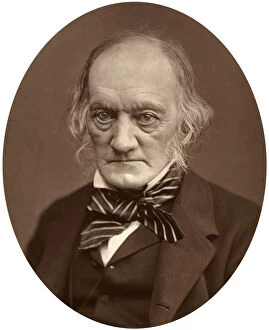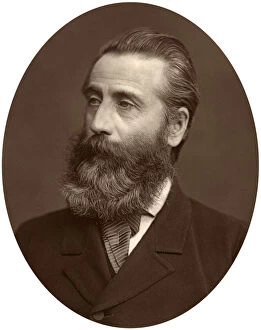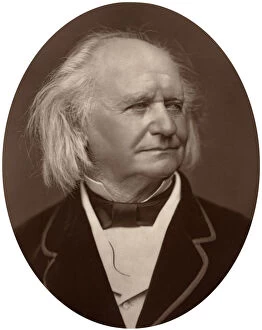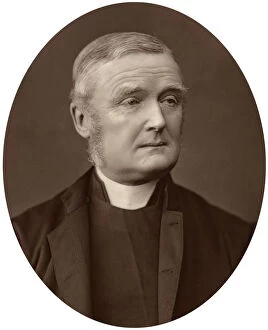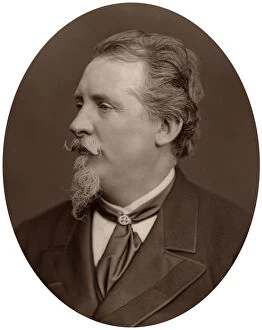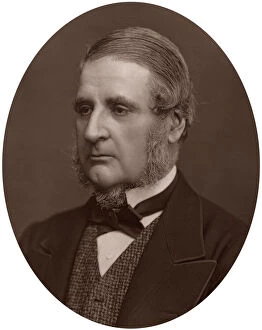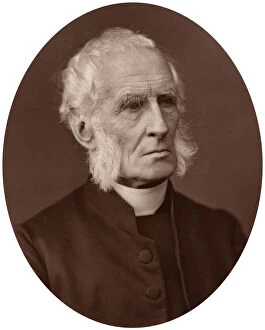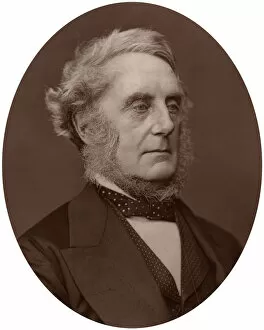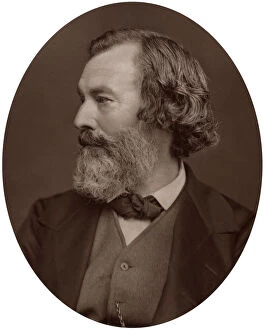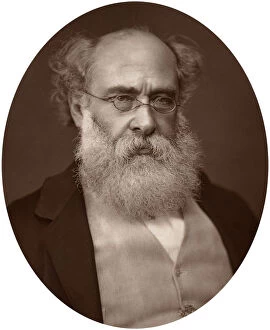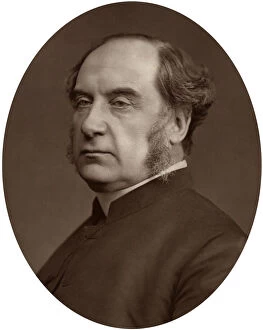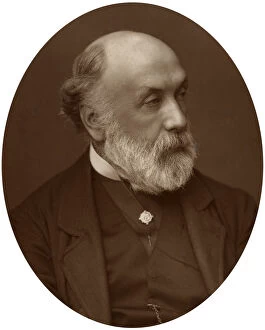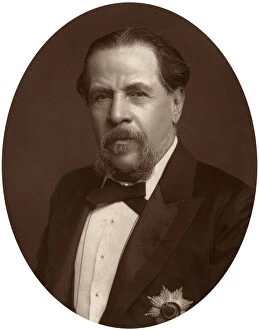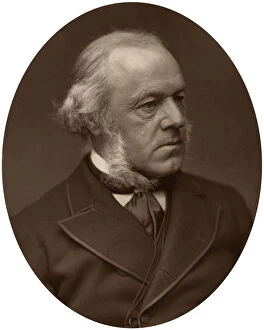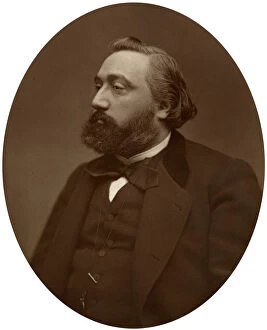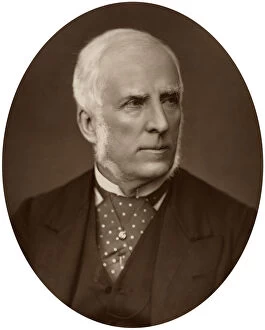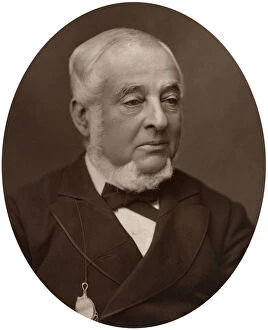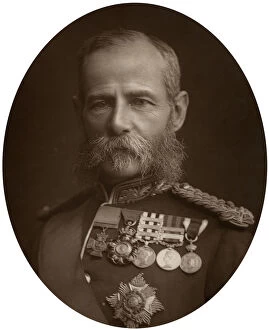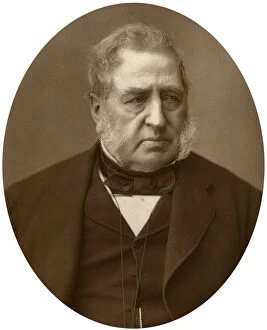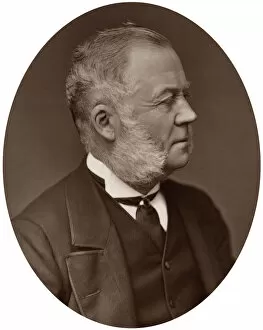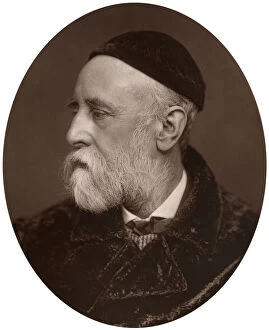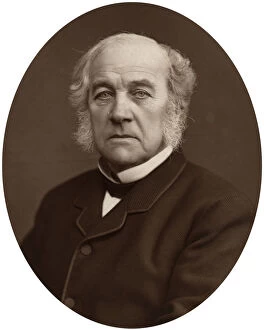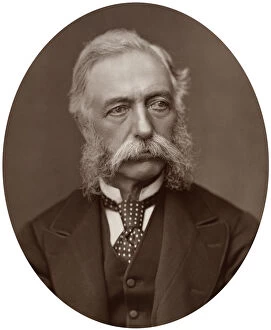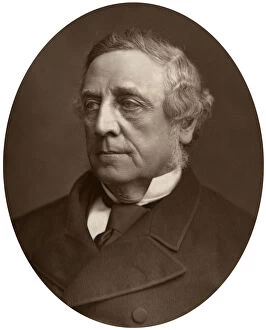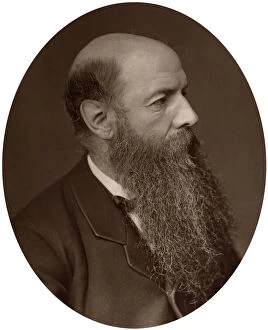Lock Collection (page 19)
Locks have been an integral part of human civilization for centuries, serving various purposes and captivating our imagination
All Professionally Made to Order for Quick Shipping
Locks have been an integral part of human civilization for centuries, serving various purposes and captivating our imagination. From the picturesque Caen Hill Locks with narrow boats in Wiltshire, UK, to the enchanting illustrations of Goblin Market by Pauline Baynes, locks have always held a certain allure. The Thos. Brett Cleveland and O. Diebold Safe & Lock Company reminds us of the importance of security and protection that locks provide. In bustling HULL DOCKS, locks play a crucial role in regulating water levels and facilitating trade. In Stoke Bruerne's Canal village and Waterways Museum along the Grand Union Canal in Northamptonshire, we can witness the rich history of canal systems and their intricate lock mechanisms. The Indian Smoothbore musket from Pattern 1858 symbolizes how even firearms relied on locking mechanisms for precision. Artistic depictions like A Man Loaded with Mischief or Matrimony highlight how locks have been used as metaphors throughout history to represent secrets or barriers that need unlocking. Trent Locks in the UK showcases how these structures connect different waterways seamlessly. Pedro Miguel Locks at the Panama Canal demonstrate engineering marvels that allow ships to traverse vast distances through interconnected locks. Ullapool's breathtaking view from atop a hill reminds us that sometimes we need to climb higher to unlock new perspectives. Narrow boats navigating through Liverpool Leeds canal's five-lock ladder exemplify both skillful navigation and reliance on well-maintained lock systems. Similarly, Aylesbury Arm of the Grand Union Canal in Buckinghamshire showcases tranquil scenes where narrow boats patiently await passage through each lock. Whether it is about trade facilitation, security measures, historical significance or simply appreciating nature's beauty intertwined with human ingenuity - these diverse examples remind us why locks continue to captivate our attention worldwide.







